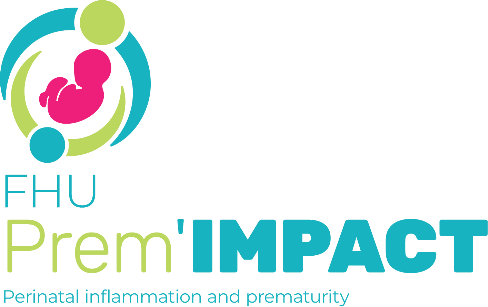Abstract
Objective: To assess whether children with symptomatic CHD at birth (cyanosis and/or heart failure) are at greater risk of adverse neurodevelopmental outcomes at 8 years of age.
Study design: From a prospective population-based cohort study of newborns with CHD (EPICARD), we included 473 children with available neurodevelopmental assessments at 8 years of age. We grouped the CHD based on symptoms at birth and need for early neonatal intervention. Ventricular septal defects that closed spontaneously within the first year of life were considered the control group. Neurodevelopmental outcomes were assessed using K-ABC II for IQ (Mean100±15), and the NEPSY-II for detailed assessment of specific neurocognitive domains (Mean 10±3). Multivariable regression analysis was used to compare the outcomes across the CHD groups after considering potentially confounding variables.
Results: Compared with the control group, children with cyanotic CHD without heart failure had lower scores for IQ, -7.2 [95%CI: -13.4; -1.2]. Children with non-cyanotic CHD with heart failure had lower scores in the specific domains of language -1.5 [95%CI: -2.2; -0.7], and memory and learning -1.3 [95%CI: -2.4; -0.3]. Those with both cyanotic CHD and heart failure had lower scores for IQ -7.6 [95%CI: -13.5; – 1.8], as well as, the specific domains of language, memory and learning; -2.0 [95%CI: -2.9; -1.0], -1.1 [95%CI: -2.3; -0.1], respectively.
Conclusion: Children with symptomatic CHD at birth are at greater risk of adverse neurodevelopmental outcomes at 8 years of age, with the highest risk for those who were born with both cyanosis and heart failure.
